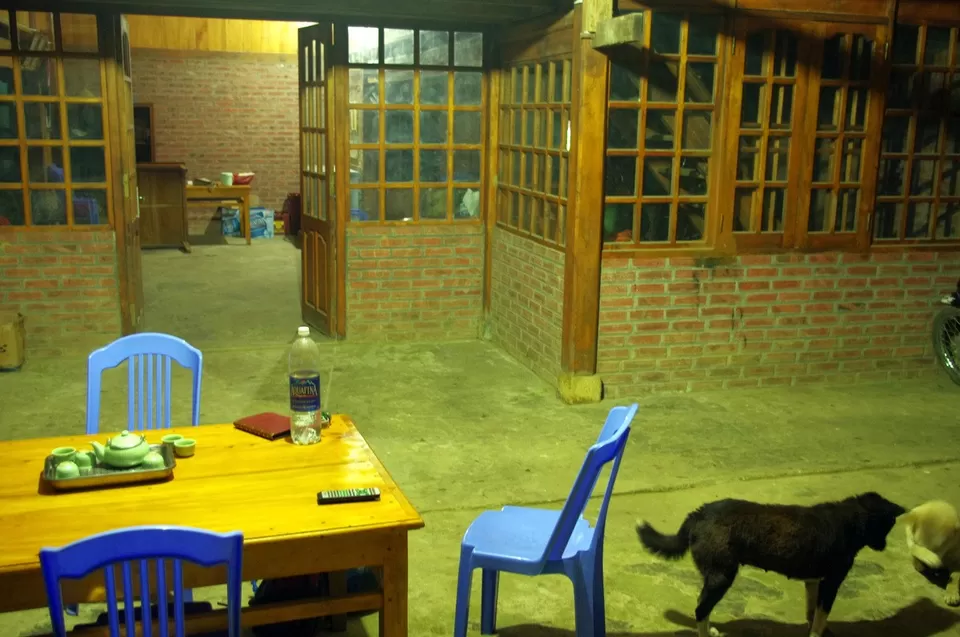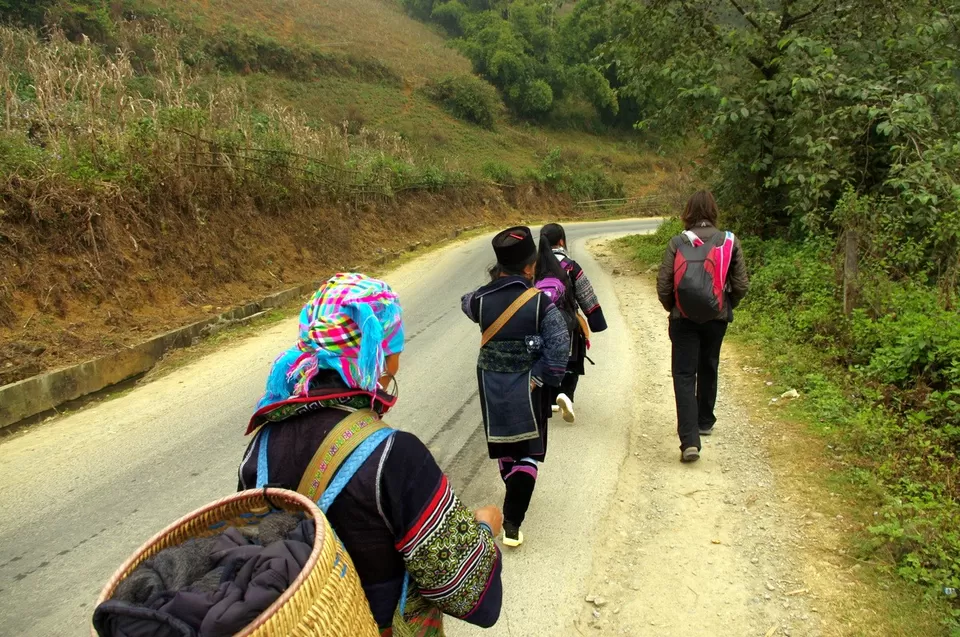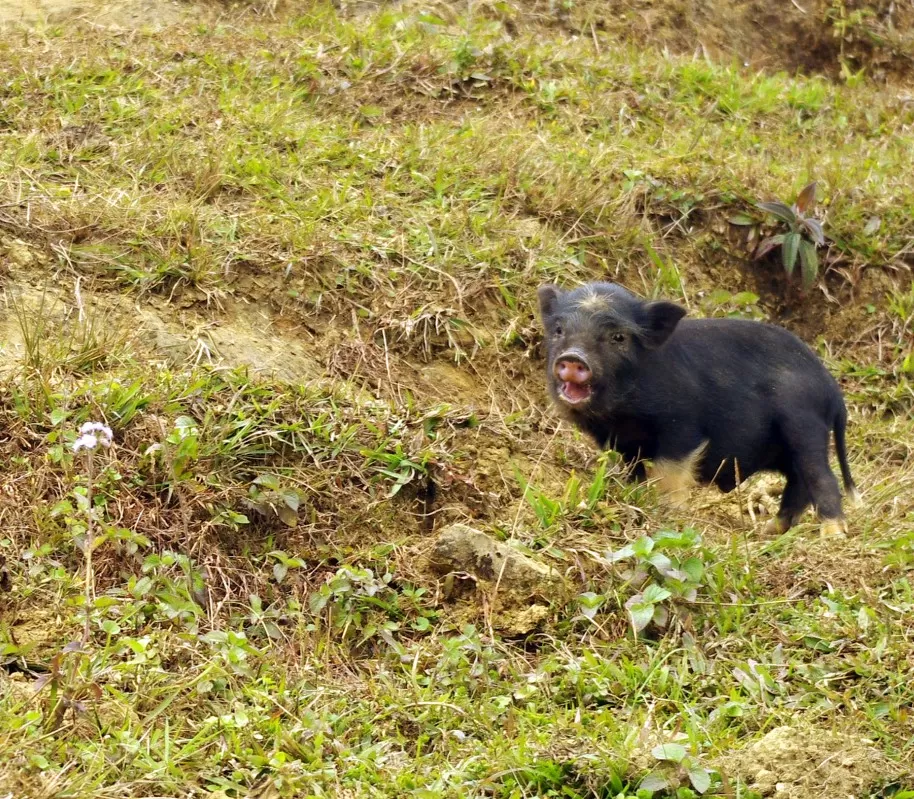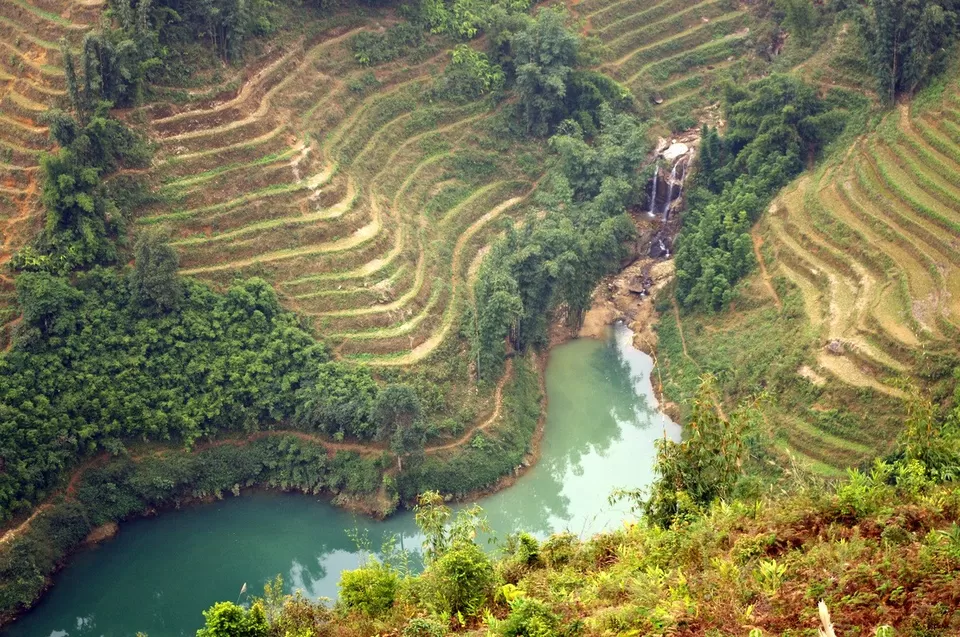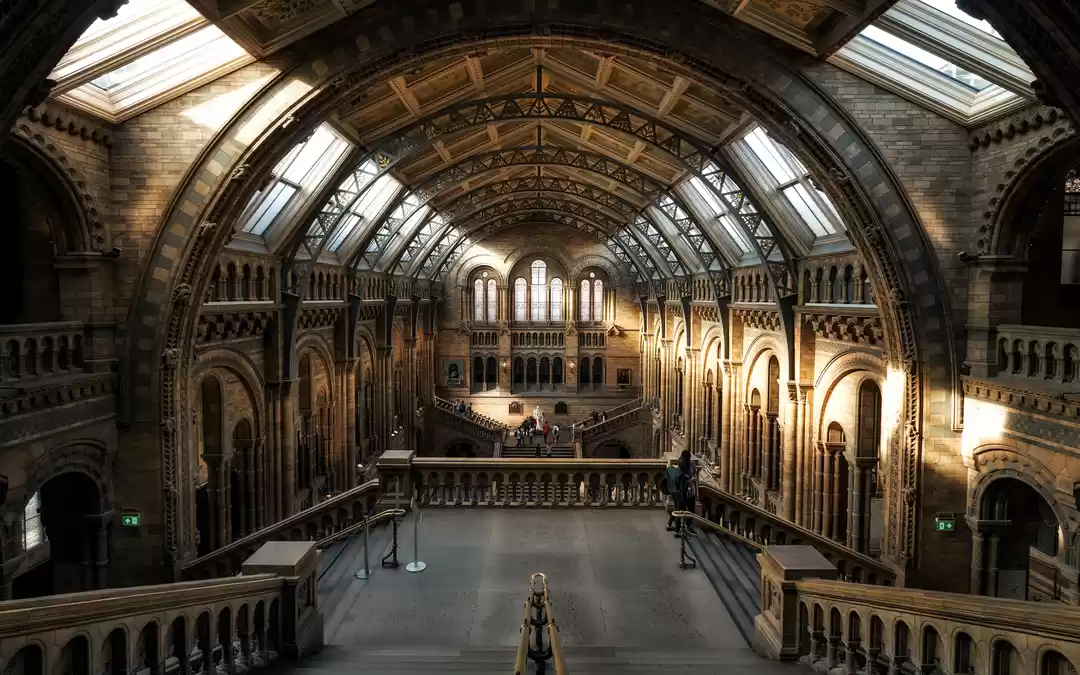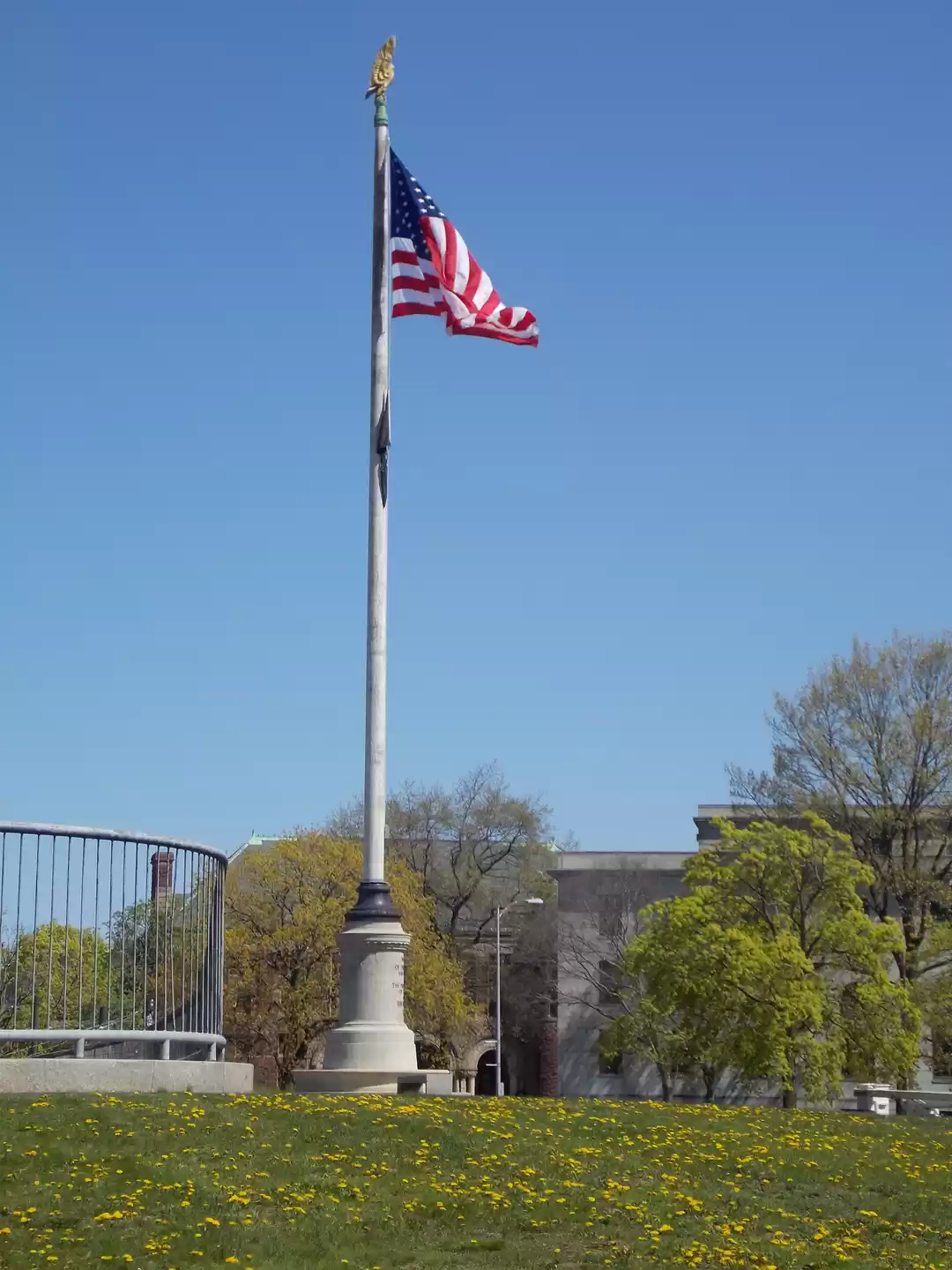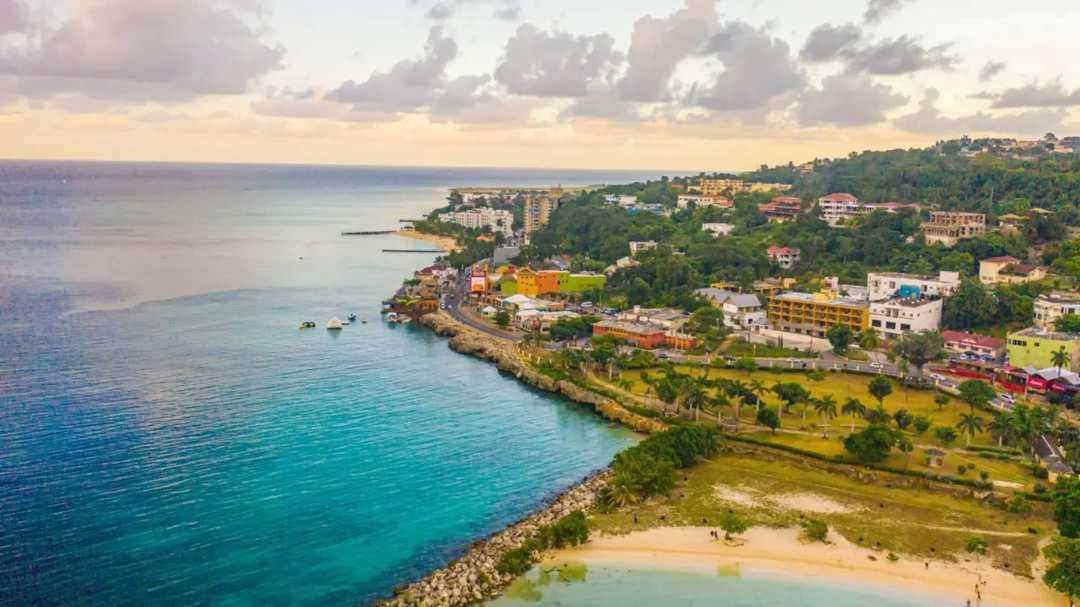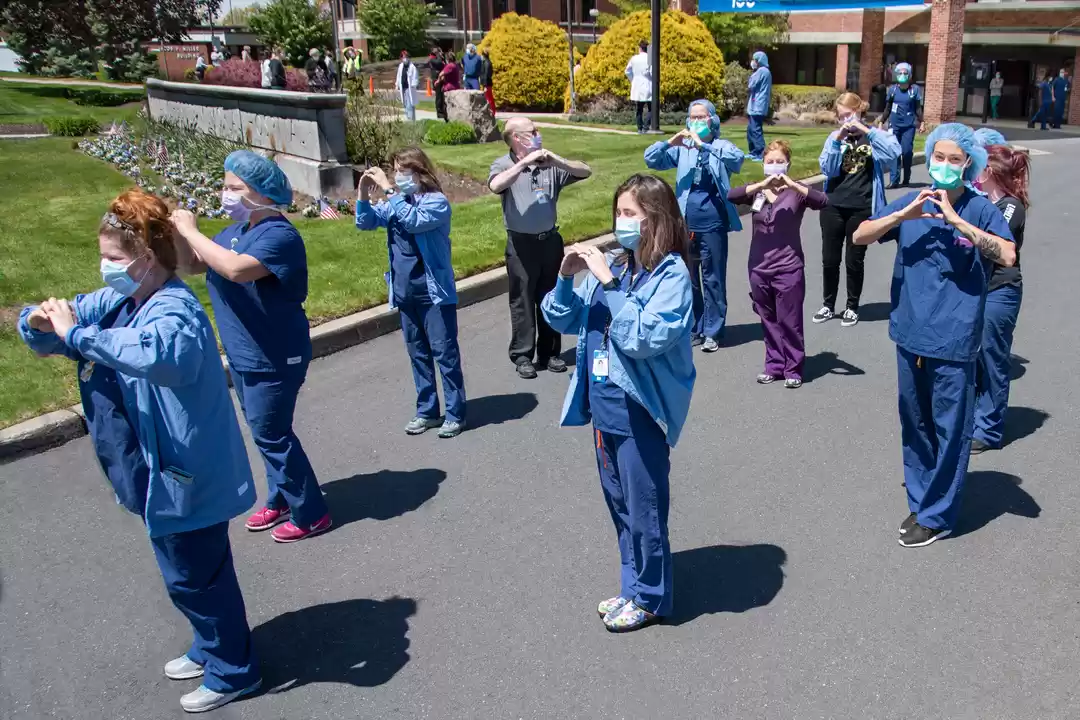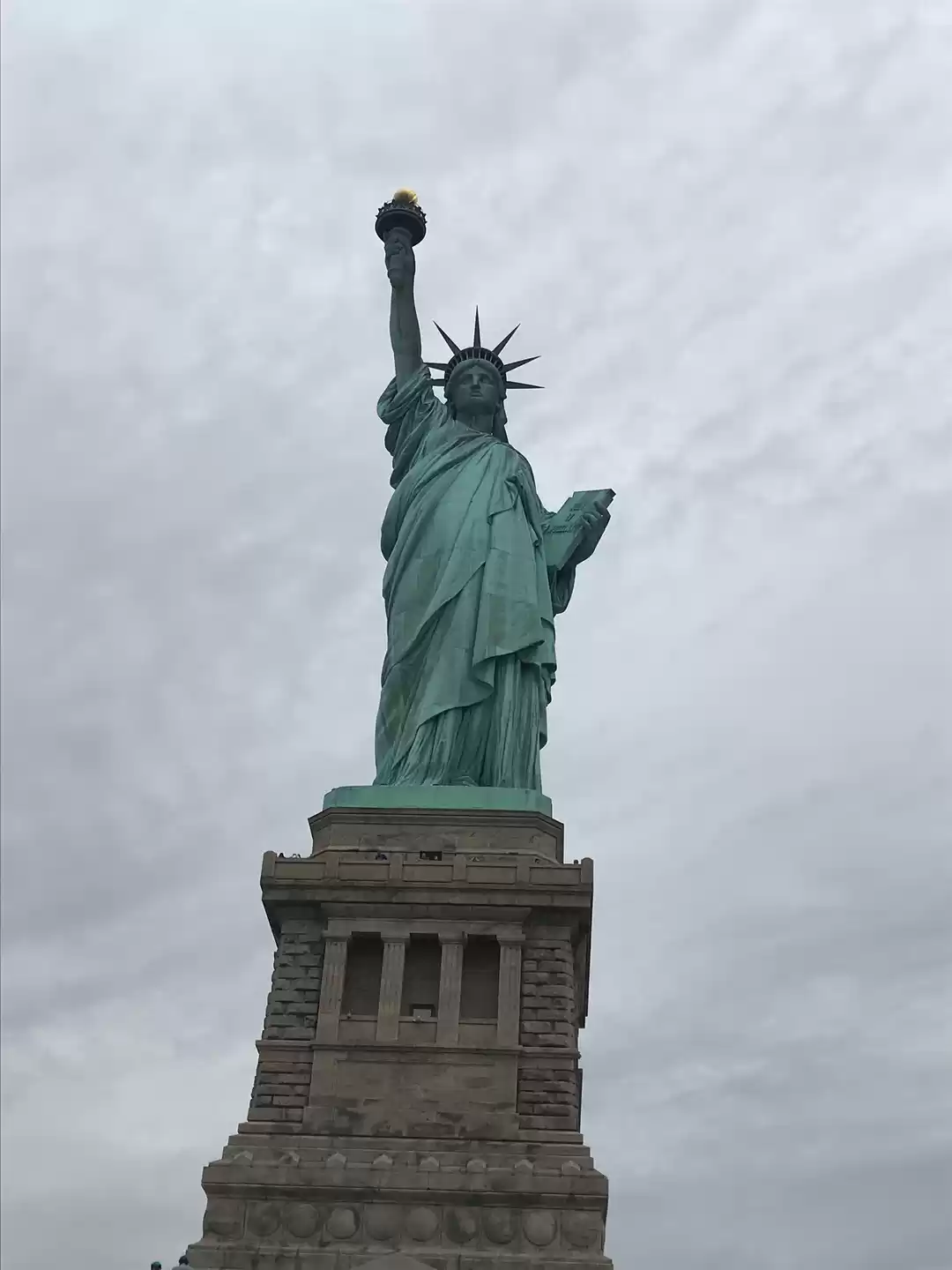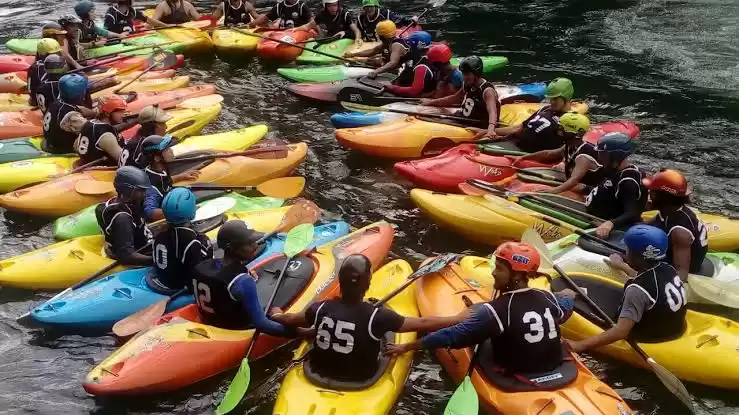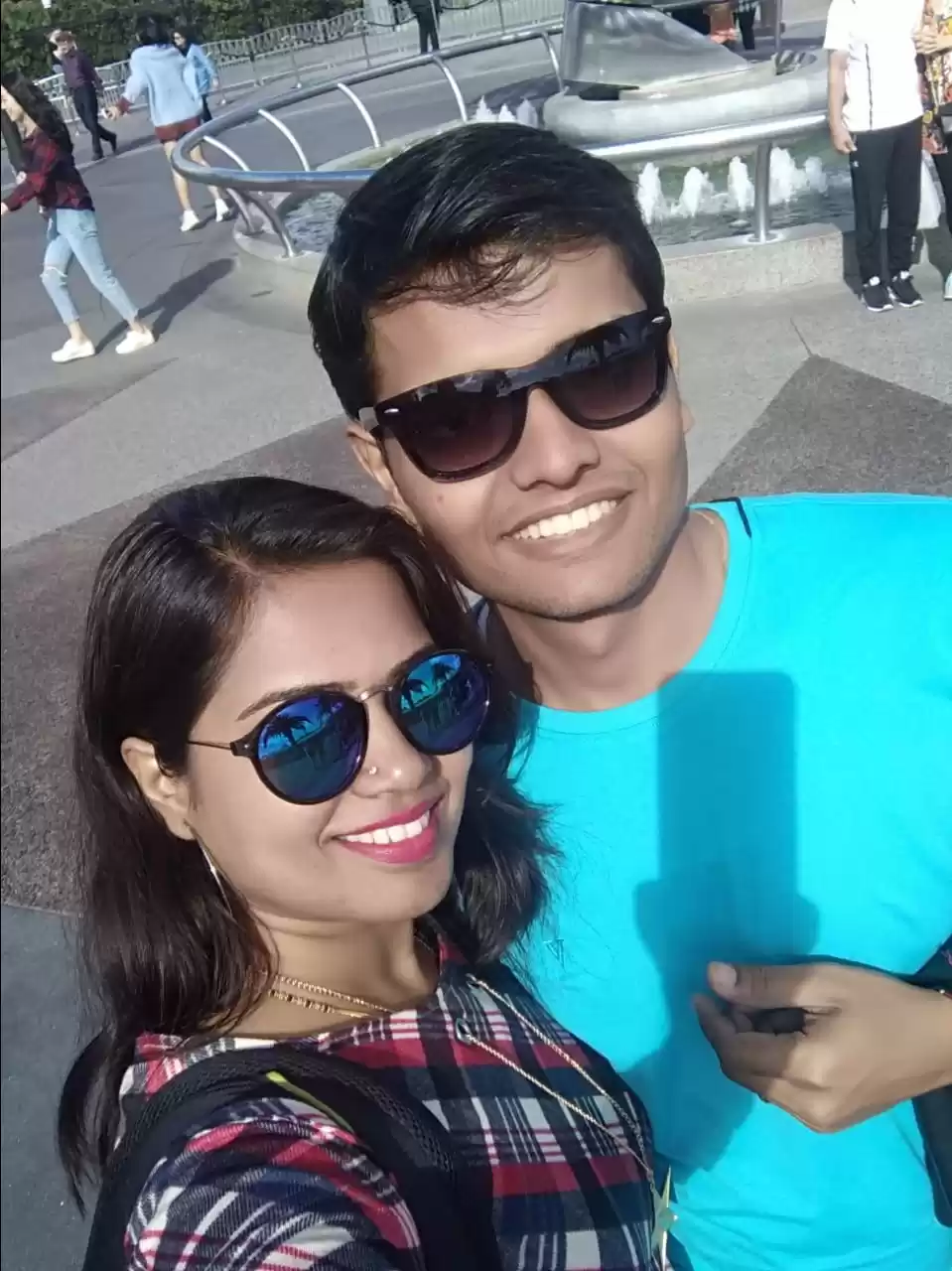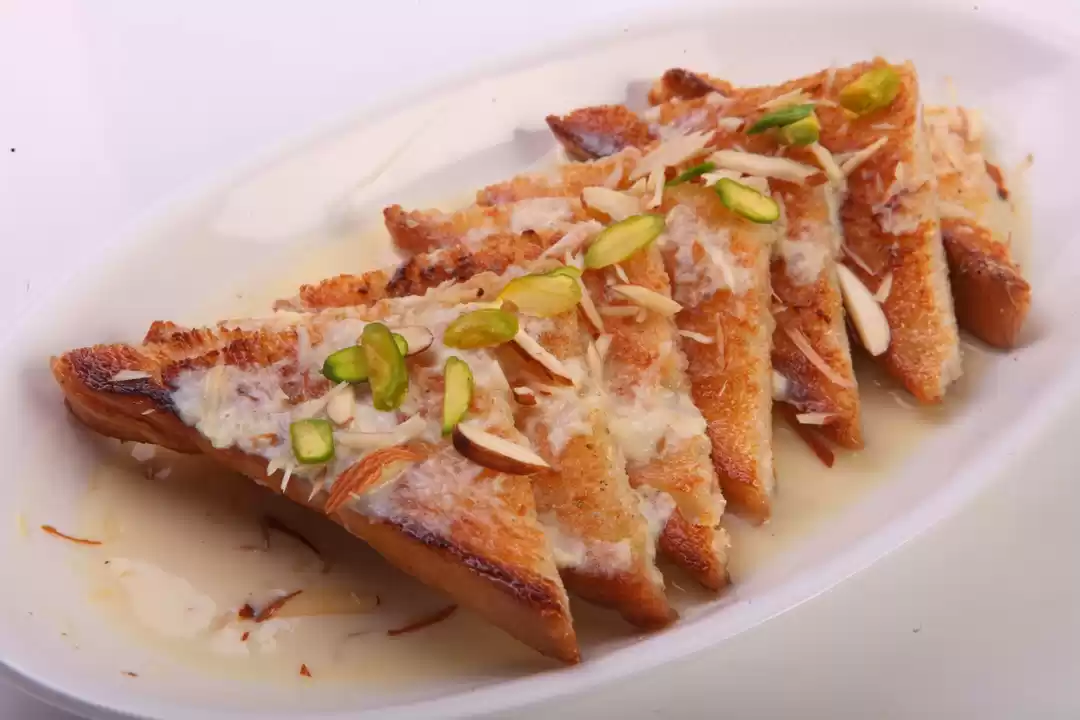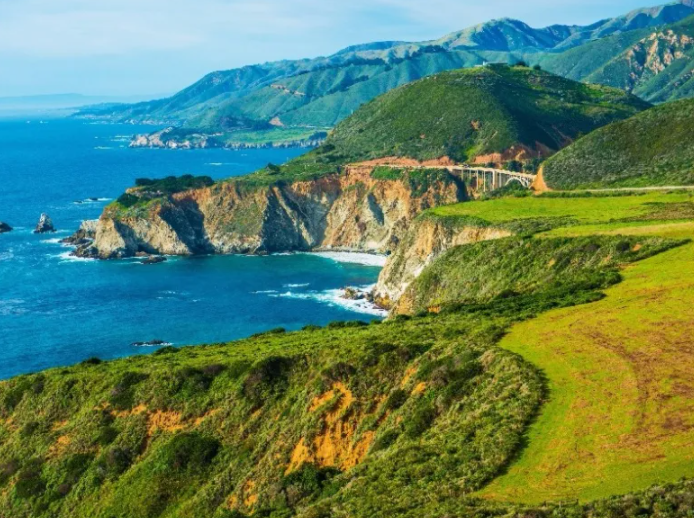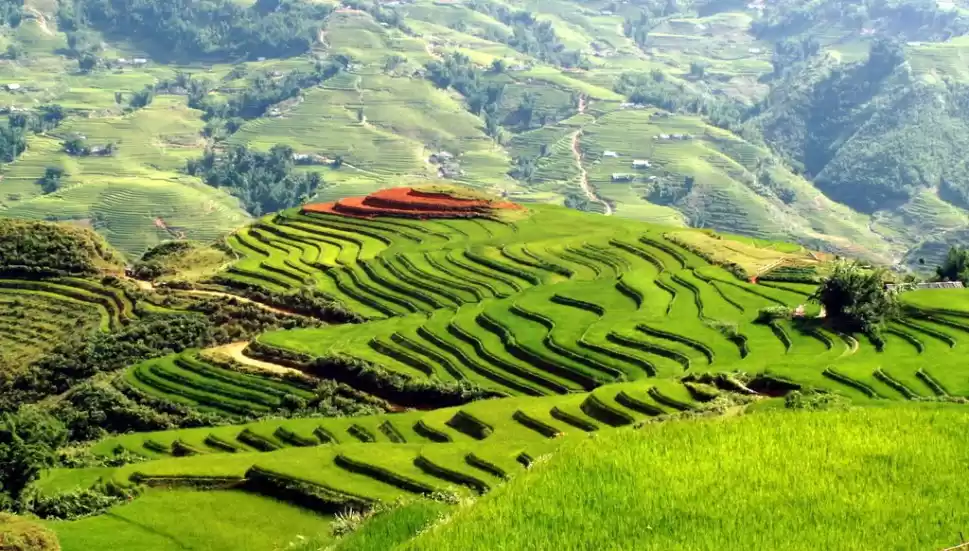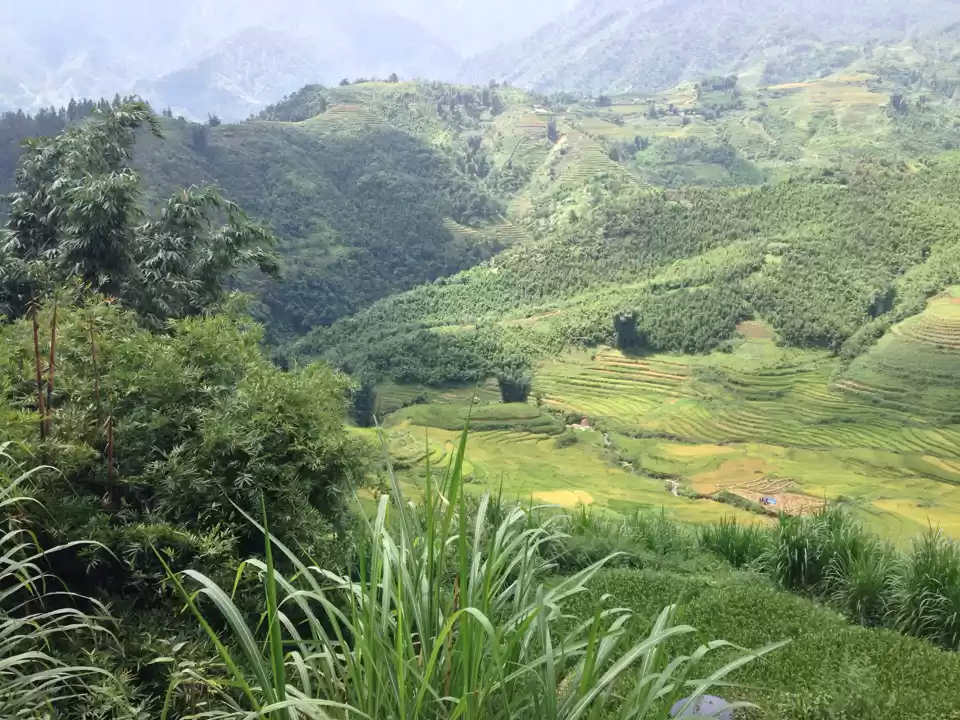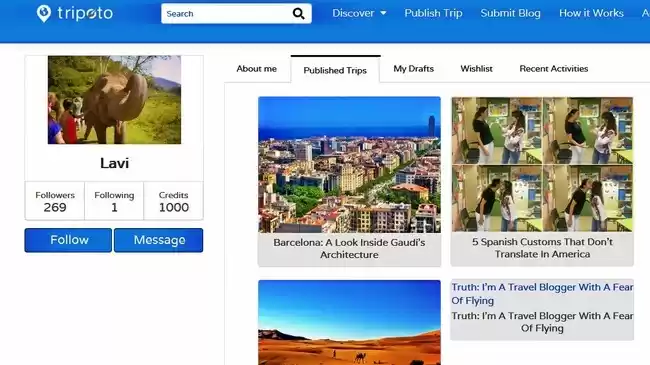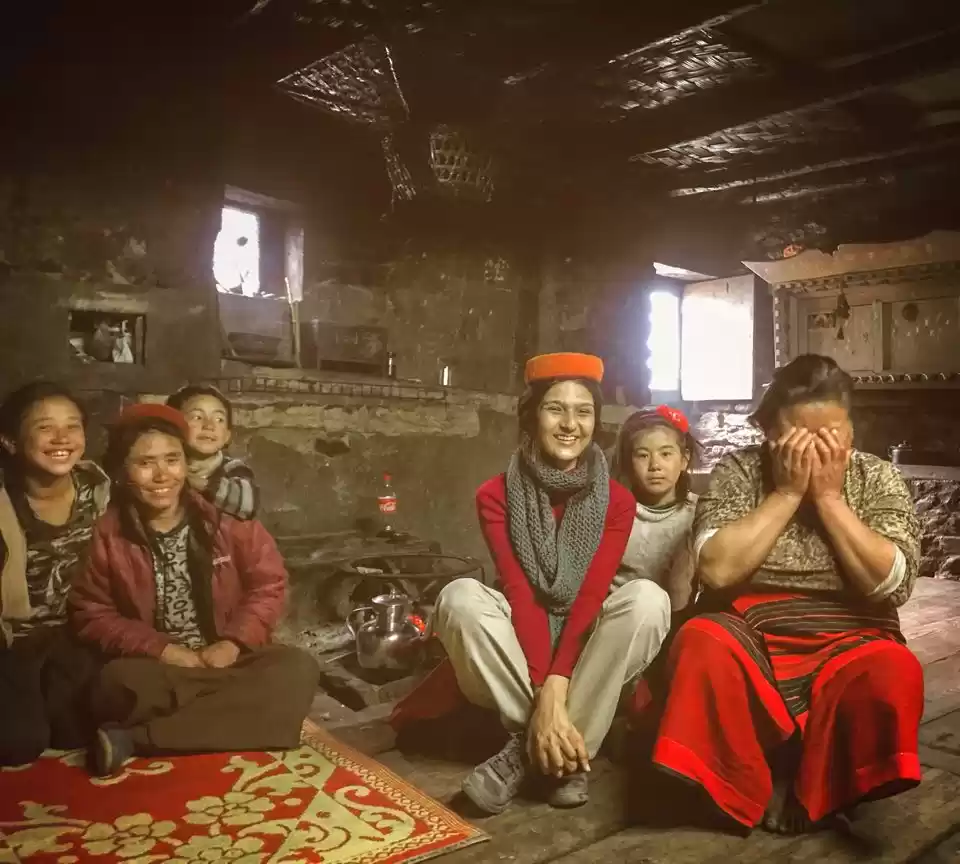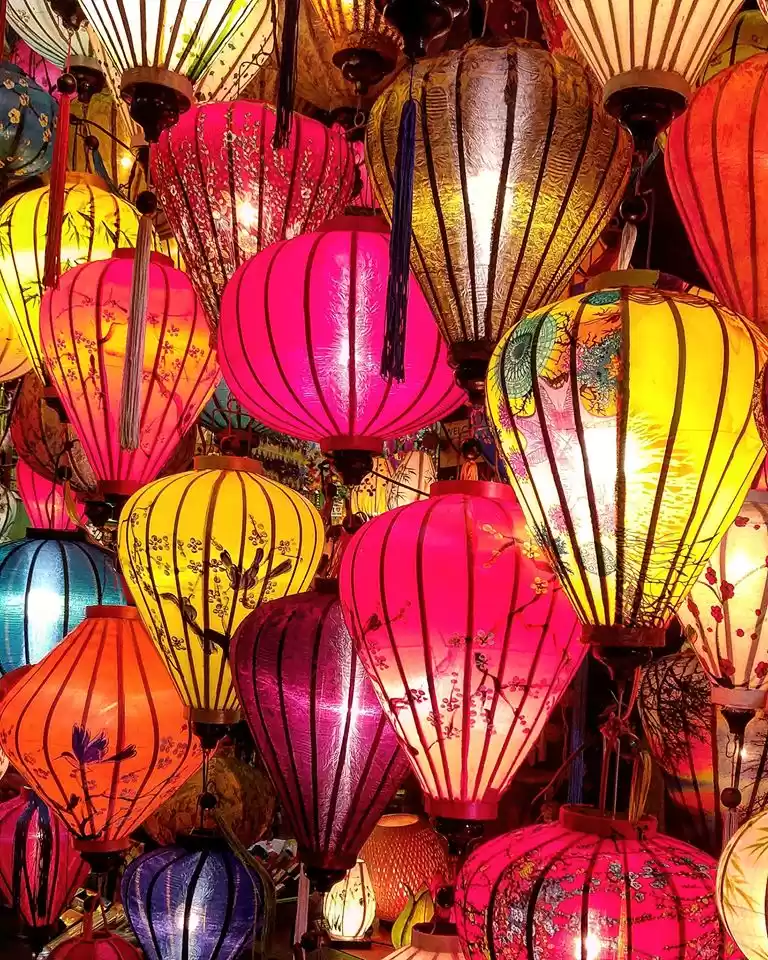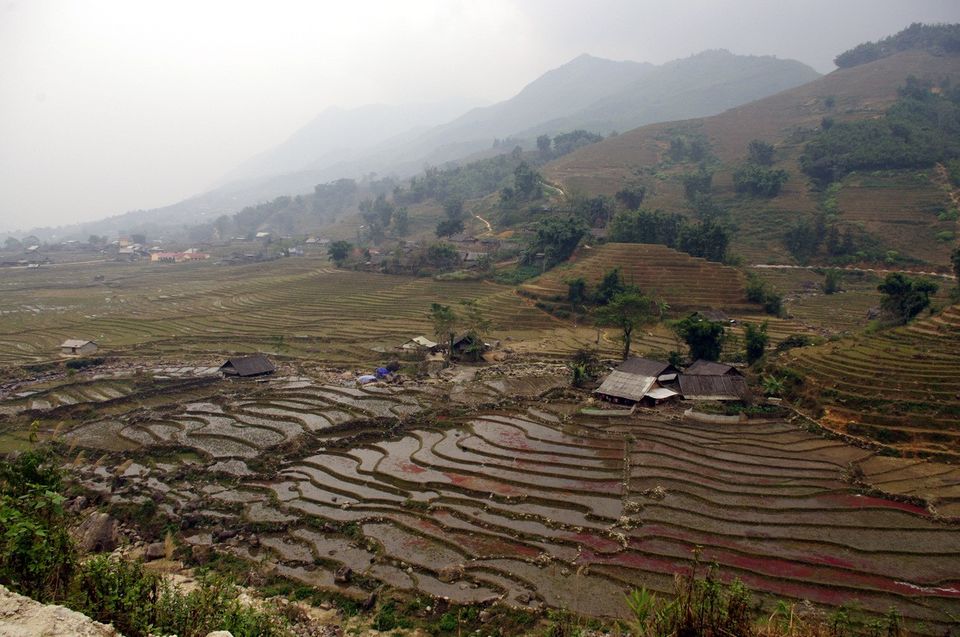
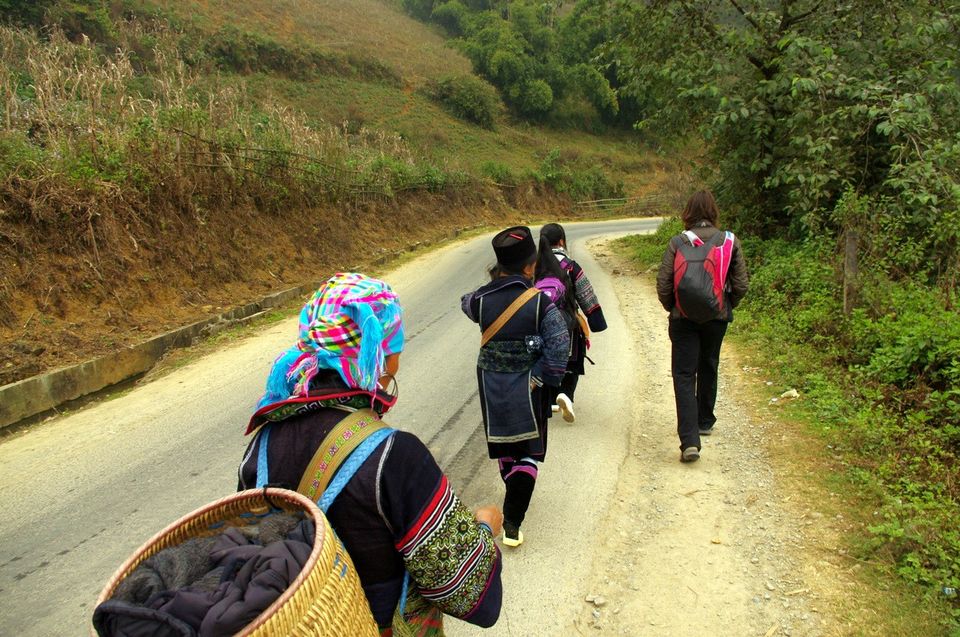
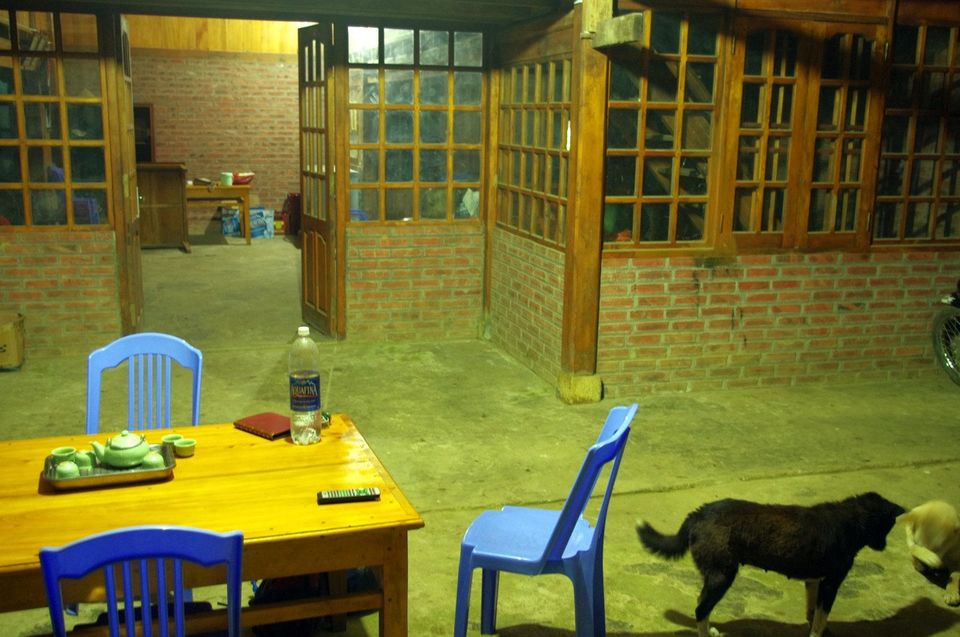
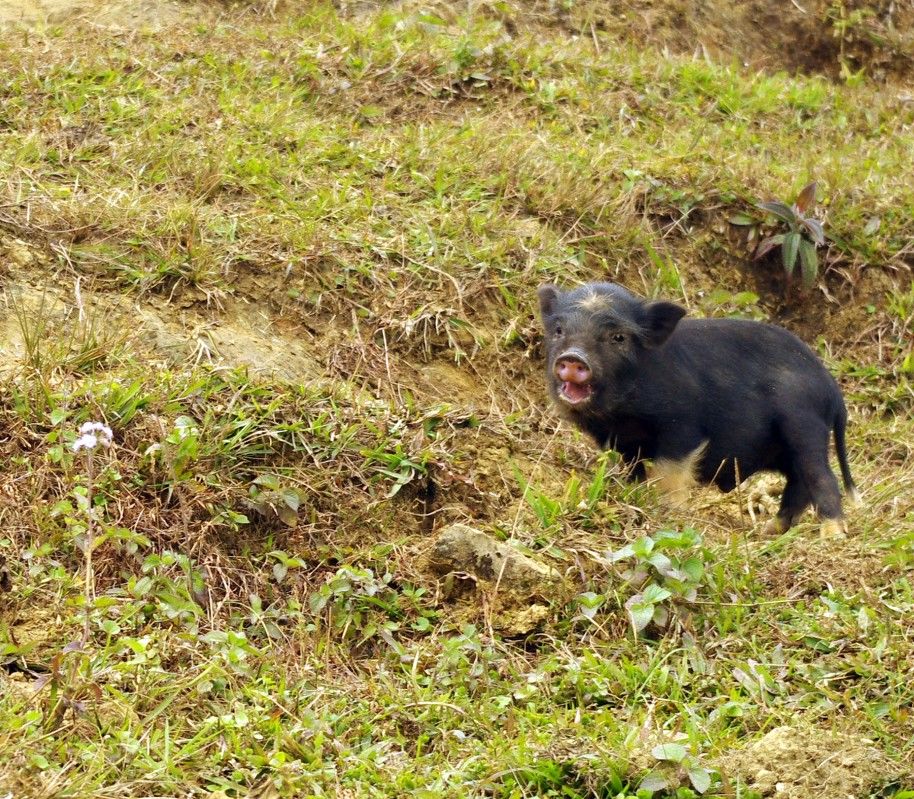
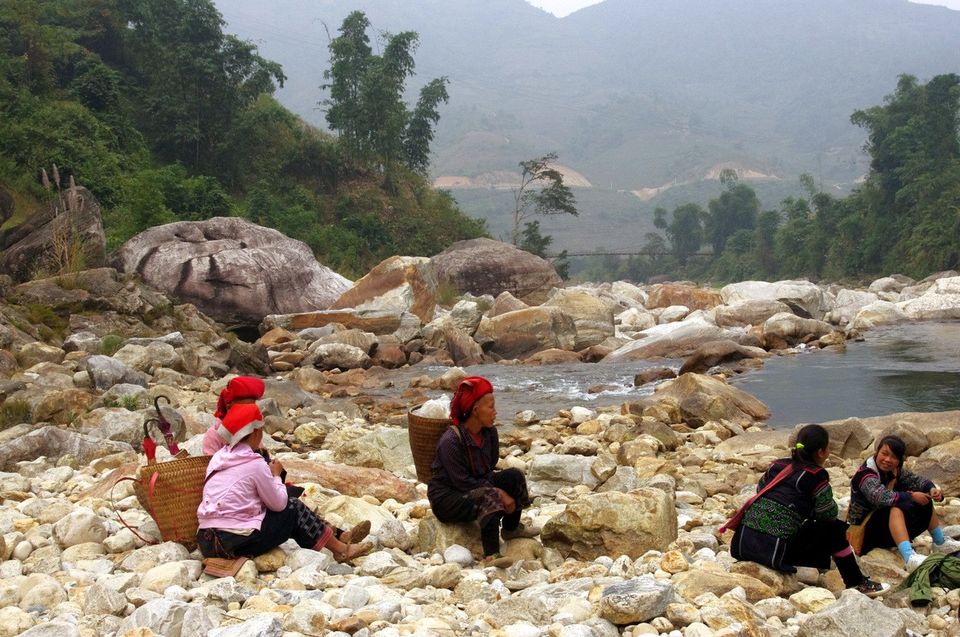

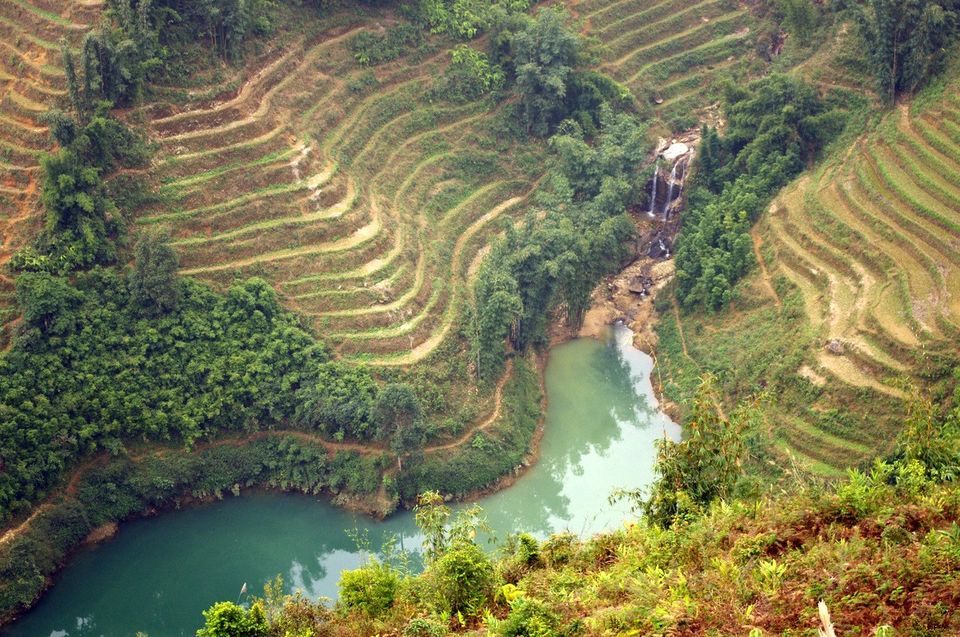
Chu extends a green-tinted hand to greet me. Her hand makes me realize that I haven’t shaken anyone’s hand since I left the United States.
She is a Black Hmong trekking guide. She will lead my wife Sarah and me over the next few days. We’ll hike from village to village just south of the Chinese border with Vietnam. Encounter members of the Black Hmong, Red Dzao and Dzay ethnic groups. Spend the next few nights in their homes. These “homestay” treks are the popular thing to do in north Vietnam, with hotels pairing travelers with local guides.
Every few sentences, Chu makes me think of my Sicilian grandfather: Like him, she often tacks “huh?” to the end of a sentence. Sometimes, she ends her statements with a serious “yes.” She concentrates on every question and thinks before answering.
“You have any questions, you ask me, huh?” she says as we start walking.
“OK,” Sarah says. “Why are your hands green?”
It’s from the indigo she and other Black Hmong women use for making garments and other knick-knacks. Black Hmong are named after their black garb.
As Chu talks, two other Black Hmong women fall in with us. Each wears a basket as a backpack. They ask questions we will hear verbatim, in the exact same order, in the exact same flat inflection, many times over the next few days: What your name? Where you from? How old are you?
Chu answers every question we throw at her about Vietnam, about the local villages, about the groups, about their respective cultures. But she doesn’t brief us on what to expect as we encounter people like our backpack-basket-wearing friends or how to deal with them. And really, she can’t. She has to live with them. She’ll encounter some of them weekly, others even more often. So she’s not going to sell them out for you or me.
Aside from your tour guide, nearly every person you encounter is out to extract your cash in exchange for hand-made trinkets.
Here’s what else you should expect to hear often:
You buy from meeeeee.
You bought from Black Hmong. You now buy from Red Dzao, or it’s not fair.
You promised to buy. (Whether you actually did is not important.)
Our new followers act like they’re Chu’s assistants. Chu is nonplussed when they join, and says little about or to them. If anything, her demeanor toward them is a bit stony.
As we walk, the two women weave things out of bits of indigo plants — a horse for me, a heart for Sarah. They’re friendly and chatty. And they talk to each other in the Black Hmong language — “Village gossip … who’s marrying who, that sort of thing,” Chu explains with a flick of her hand. It’s far beyond what Chu teaches us (Oh chow=thank you, cone yo hai=hello).
They multitask well, aided by a “trek” that’s mostly along a road. We eventually turn on to a rutted dirt road that gets narrow and winding. There are a few tricky bits when we traverse rice paddies. Sarah and I are in hiking boots, while Chu wears what look like Keds. The followers? Sandals.
“I started wearing shoes to keep up with German hikers,” Chu tells me.
As we lose elevation, we spook the occasional litter of bristly, black piglets. Now and then, we spot a water buffalo. As we walk, Chu’s cell phone demands attention at regular intervals. Her conversations each last less than a minute.
We’re about a half-mile from Cat Cat when we see red hats. I’m a Grinch when it comes to Christmas, but it still makes me smile to see how Vietnam seems to love Christmas. And even here among the rice paddies, I see what seems like half a village wearing Santa hats.
The Sales Pitch Begins
But these aren’t Santa hats. This is traditional Red Dzao headwear for women. And you might get Santa-like smiles from the Red Dzao … but they don’t smile if you have the nerve to buy from a Black Hmong and not a Red Dzao. That’s serious business, right there.
Before we get to the Red Dzao, though, we get the hard sell from our Black Hmong followers. They are still chatty and friendly, but they’re insistent. Their stuff is cheap, they walked a long way with us, they wove stuff out of indigo to be friendly. So Sarah and I grab a few items — in plain sight of the Red Dzao, who now have some leverage on us.
One woman with gold incisors positions herself off my left elbow.
What your name? Where you from? How old are you?
As she peppers me with the standard questions, Chu leads us to an open-air restaurant. Well, it has a roof. But no door or real walls. It’s full of other Western travelers. Chu seats us before heading off to grab lunch of her own.
“You enjoy your lunch, huh?” she says.
Within seconds, Red Dzao from 6 to 60 years old encircle us.
You buy from meeeeeee, you buy from meeeeee.
I have no clear recollection of what happens next. Two Red Dzao — a little girl and a woman of indeterminate age who may have been the first to intercept me into town — believe they have our official Intent to Buy Later agreement. Chu returns with lunch, and the crowd disperses.
After lunch, four Dzao replace the two Black Hmong. They are the little girl from lunch, a spry but wrinkly doyenne and two women dressed the same, each equipped with gold incisors. Chu leads us to a place where there’s a loom and some other textile stuff, and she shows us how to work them. I make a bathroom run before we head back into the hills.
Chu leads us on ridges that separate rice paddies. And these ones are soft and wet. I sink in past my ankle while Chu — all 4’8 of her — floats along. Sarah winds up on her butt at one point. Chu and the other locals are fleet-footed. Sarah and I are more steady in our gait, more freight trains than gazelles in our heavy boots.
We gain some elevation as we head up into the rice paddies. We’re on one side of a valley. There’s a road on the other side, and we’re on the same side as Fanxipan, the highest point in Vietnam. Sarah nicknames it Fancy Pants, but I keep hearing Fonzi Pan … heeyyyyyy!
The scenery is … nice. The clouds and mist obscure our visibility and wash the colors out. The mountains tower on either side. It’s pretty, but not knock-your-eyeballs-out vibrant. I take some photos, but I’m shy with my camera: My battery doesn’t have much left in it. I left my charger back in Sapa along with most of our luggage for safekeeping at a hotel — curse being in a hurry! Curse proprietary batteries!
At this point, we’re approaching Lao Chai. And here comes the Red Dzao sales pitch. There’s haggling — I need to keep hold of some cash for bottled water; there are no ATMs in any of the villages. After some negotiations, Sarah and I are done with the Red Dzao, though one is still upset at not getting a bite of the action.
My advice? If you do this hike, don’t buy anything from anybody. Yeah, the items make good souvenirs for people back home. So if you do buy, do it on the last day.
After that, we follow Chu past a few quasi-homestays. They’re way fancier than I’d expect. My guess is that there are some liberal interpretations of “homestay,” and some of the wealthier locals have found a way to cash in on the designation.
First Night in the Hills
We churn up a short, steep hill where teenage boys slide logs down the hill. Chu takes us to a much simpler but fairly large dwelling. This is where we’ll sleep in a second-floor loft. We meet the owner, plus the crew of critters that live there — a white dog, a brown dog, a puppy and a grey-and-black tabby cat. This seems to be the required-by-local-law pet lineup everywhere, right down to the color (aside from the puppy, which is a color wild card).
While we wait for dinner, Sarah and I drop back down into Lao Chai. We visit a few places where we have hot chocolate and some mulled wine. We eavesdrop a bit, watch people play pool, wander around. It’s just quiet and far removed from the chaotic noise of Hanoi and Ho Chi Minh City. But it’s not what I had in my head — I imagined thick rainforest scenery to go along with the mountains. Instead, it’s mostly rice paddies. It’s not really a “hike” sometimes — just a walk. We’ve covered about seven miles, far inside our comfort zone. Chu has been more than pleasant and informative.
That night, we eat a dinner similar to what we had every night during our travels around Halong Bay. And it’s what we’ll have the next several meals, too: pork, chicken, fried eggrolls, rice, fish sauce. The chicken and pork are fragrant with lemongrass. The next morning, we’ll also learn that Chu makes one tasty crepe … and that even instant coffee can be satisfying at the right time.
After dinner, it’s time for rice wine. We’ve heard it’s not very tasty. Chu takes the first shot — and makes a face, wags her head left and right, purses her lips and exhales a long “ahhhhh.” We take our first shots … and it’s just a slight burn. Not much taste. Heeding all the warnings of dire hangover, we call it a night after a shot each.
We head up to the loft where we find about 10 beds covered in mosquito nets. Despite the size and increasing coolness in the early December air, there’s something cozy about the loft. The bed isn’t the most comfortable ever, but I still get a nice night of sleep. The air is chilly enough that we need a second blanket.
Losing Elevation, But Not Interest
We’re up early and back on the trail the next morning after a good hot shower. Snorting pigs and crowing roosters let us know it’s time to ride. It seems that interest in selling us stuff has cooled off. There are no further you buy from meeeeee ambushes.
The terrain is also more interesting today. Overall, we lose elevation on both days. In the afternoon, we stop for bowls of soup. And we somehow wind up paired with two French guys and their guide — a high school friend of Chu’s who also wears some sort of Keds-like footwear. One of the French hikers wears a chest-mounted GoPro for what might be one of the dullest videos ever.
We head out, and get into some more interesting terrain. We wind through head-tall shrubbery and through rain-carved gullies. The trail leads to a clearing where we see a valley … and the remains of a road that a landslide has erased from a mountainside. It looks like a half-assed effort to rebuild it is underway, but there’s not a construction crew in sight.
The French guys hike like puppies. They rush ahead, double back, yap a lot. Sarah and I are quiet hikers. We like spotting animals, and stealth is one of our tools. Not that there’s much to spot here, though. We have fun listening to Chu and her friend. They draw the little girl out in each other; they’re about 20, but they could easily pass for high school kids.
In the late afternoon, we arrive in Ta Van. Chu leads us and our tail of Red Dzao west of the village to a scenic pool and waterfall. The water can numb your hand on contact, but it’s the clearest water we’ve seen in Vietnam.
The Red Dzao focus on the Frenchmen and leave us alone. After we have enough photos, we walk less than a kilometer back into Ta Van to our home for the night. The host family is larger and far more outgoing.
Sarah and I decide to meander around the village. Though it sprawls much larger than Lao Chai, it’s also sleepier. There’s no cool place to get mulled wine or hot chocolate. We find a nearly empty restaurant where we get juice and tea while we watch guys in their late teens play one of the most cut-throat badminton matches in recorded history.
We also find time for more walking, getting chased by a dog and getting quizzed about homestays by an American on a motorbike.
By the time we return, Chu and the host family roll out a big plate of French fries covered in fresh garlic — and they are some of the tastiest fries I’ve even eaten.
Once we devour the fries, I realize that my Kindle is gone. I retrace the day in my mind, and realize it’s likely back at the last homestay. Chu dials the homestay, where someone finds the Kindle in the loft. She makes arrangements to meet one of the family members when we head to Sapa the next day.
Family-Style Festivities
That resolved, it’s dinner time. The bigger, more-gregarious hosts make this a more festive occasion than the previous night. There’s plenty of conversation and a lot of laughter, much of it stemming from the host family’s father figure.
Sarah notices Chu’s friend munching from a bowl of tiny, red grilled peppers swimming in either oil or fish sauce. She can’t resist spicy food, and asks to try them. Our host family grows alarmed, as does Chu’s friend.
“Be careful,” she says. “Very hot.”
Sarah and I then display our Southwestern United States pepper-eating prowess. The little peppers pack a moderate heat wallop, and are phenomenally delicious. Grilling them brings out new layers of flavor. (Weeks later, I’ll have some of these peppers smoking over cherry wood before bathing them in a mason jar with Sarah’s fish sauce and fresh garlic.)
Soon, our host has an Aquafina bottle in hand. But we know it’s not water in there: It’s rice wine. He’s insistent on re-filling every glass three or four times. It’s plain to see he loves the homestay visitors, and that filling them with rice wine is his favorite part. I’m tempted to see if one of the dogs will drink my shots.
After dinner, Sarah and I head to the second level of the loft and fall asleep, just waiting for the pig-and-rooster wakeup call. It’s colder here than it was in Lao Chai, and we grab extra blankets.
Wedding and Walking — Our Final Day
Ta Van rises early. The sounds of construction equipment start shortly after the pigs and roosters have their say. We hit the showers again and have crepes, bananas and sweetened condensed milk — a combination that works better than you might expect. I turn mine into a burrito.
Today, we gain a chunk of the elevation we lost, starting with a jaunt out to Giang ta Chai. We cross a rickety bridge where my foot nearly goes through the floor. We gain several hundred feet of elevation and peek into a Red Dzao wedding. There are also some officious-looking uniformed men, and Chu exchanges a few words with them. Soon, we head back toward Ta Van, back up the hill we descended the previous day and into a growing thicket of fog.
Visibility shrinks — and so does our group’s endurance. Chu, her friend, the French guys falter noticeably. This is where slow-and-steady shows its worth.
“Now you’re waiting for us!” Chu laughs.
The air gets cooler. But inside my rain jacket, I’m getting hot from the effort. I have all the vents open to let air flow through. Sweat soaks my shirt all the way through. When we stop for lunch, my first act is to change into a dry shirt.
Our bowls of soup hit the spot, and we’re soon back on the dirt road toward Sapa. A van picks us up, we pile in and start the bouncy ride back to Sapa.
We make a quick stop at a village that pops out of the mist — Chu opens her door, and someone thrusts my Kindle into her hands. Seconds later, we’re back on the road. Between the bad suspension and the washboard surface, the jarring ride rivals some of the worst roads in Costa Rica.
Back in Sapa on a chilly, foggy afternoon, Chu leads us to the same hotel that was our departure point for showers and a change of clothes. She’s been fun and insightful, and it’s more than a bit sad that this is the last we’ll see of her.
We take our leave and tip Chu. We found out more about the Hmong than I covered here. Even better, her information made us interested in learning more about her people and the others in the area.
Reality Beats the Expectation
I had visions in my head — thick jungles where we rarely saw the sky. Plenty of wild animals. Reality didn’t match. It turned out to be more about interesting people, cultures and customs than scenery and fauna. So I’m hardly disappointed. The more I think about our three-day walk, the more enriching it becomes. It’s a welcome change from the manic action of Vietnamese cities. Chu didn’t batter me over the head trying to convince me that the Hmong, the Red Dzao and the Dzay are interesting or important. Just watching them go about their business made me wonder about the differences in their languages, their dress and their customs.
I’m not sure how homestays became such a big factor in Vietnam travel, but I consider it one of the smartest and most-intriguing concepts I’ve seen during my travels. It’s like an antidote to the all-inclusive resort mentality. And it’s one of the first parts of my trip I’ll mention when people ask me about Vietnam.
